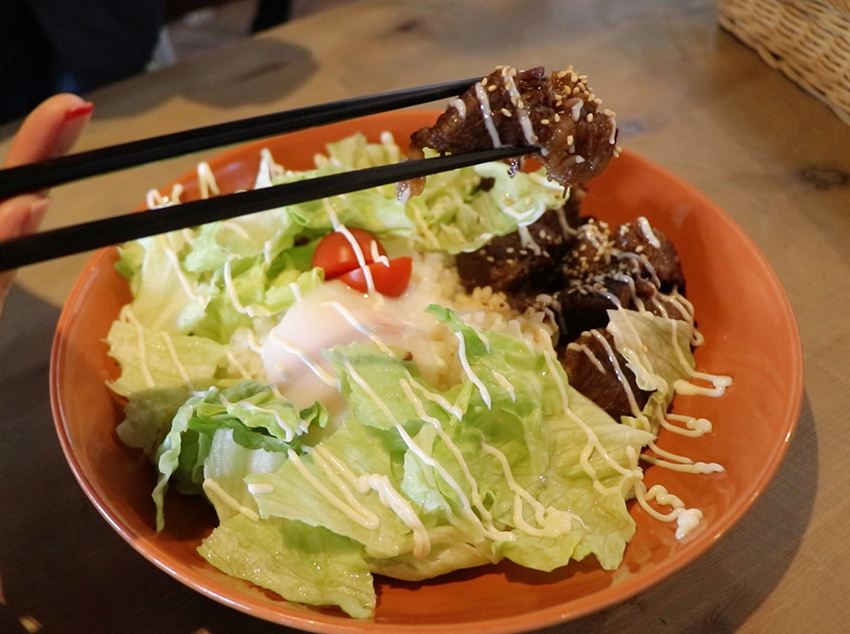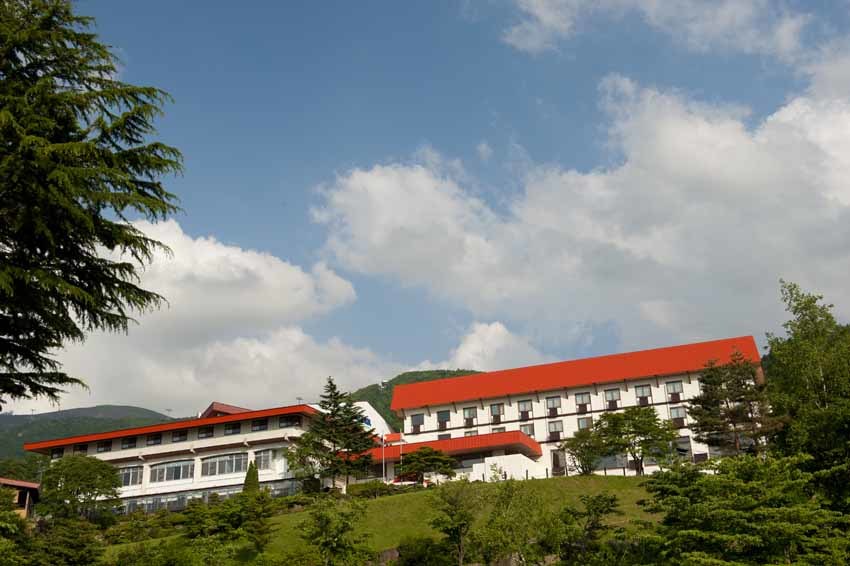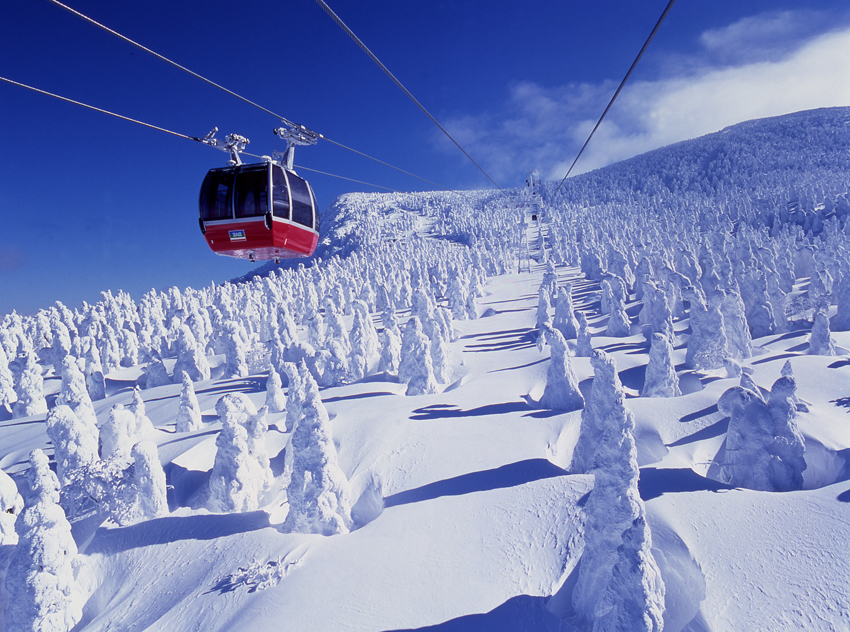Show off your skiing prowess – Even beginners will get the hang of it at Zao Ski Resort
Besides enjoying the mesmerizing scenery, visitors to Zao cannot miss out on its ski slopes. Here, the quality and quantity of snow is optimum for snow activities, making it one of the best ski resorts in the country. What’s more, skiers will get to ski through juhyo forests! We met many students from all over Japan on the ski grounds, many of whom were there for training courses. We watched enviously as they glided down the slopes. The principal of the ski school mentioned that they provide lessons to individuals or groups, and even those who don’t speak Japanese will be able to grasp ski techniques based on demonstrations and body language. Both adults and kids are welcome to join the classes and enjoy the snow.
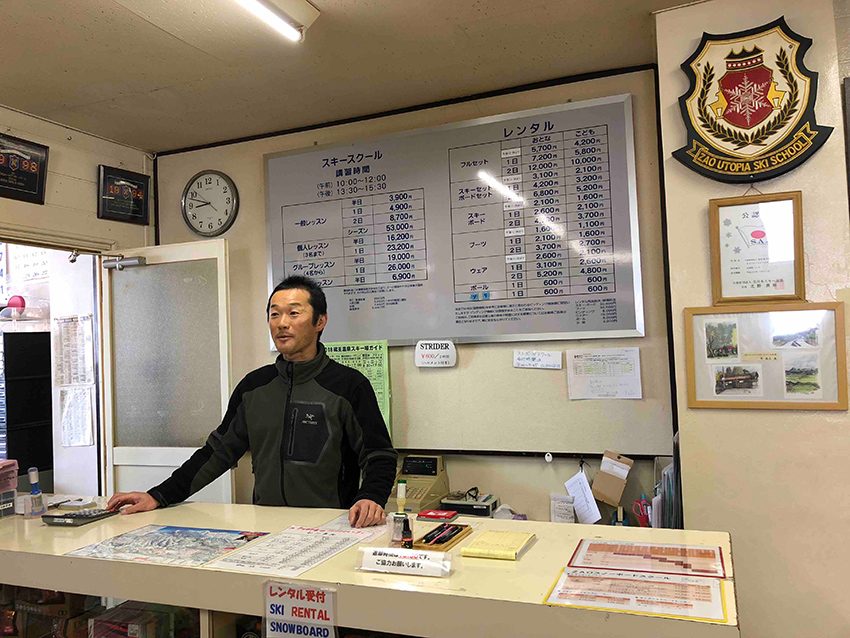
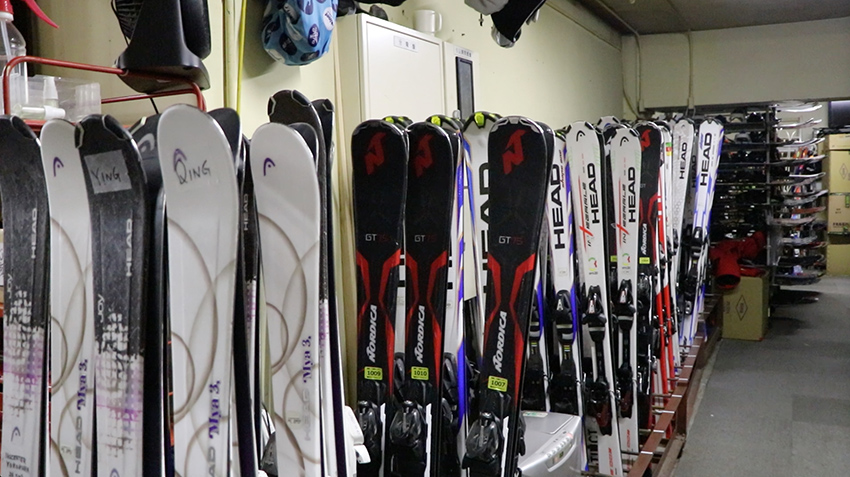
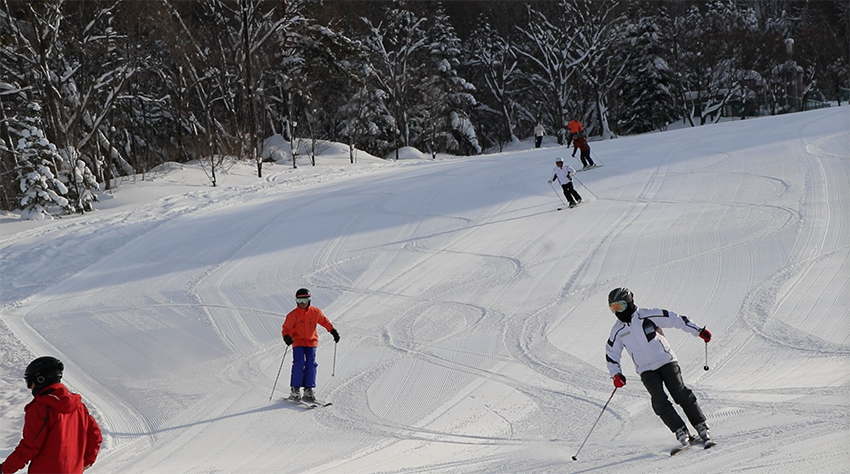
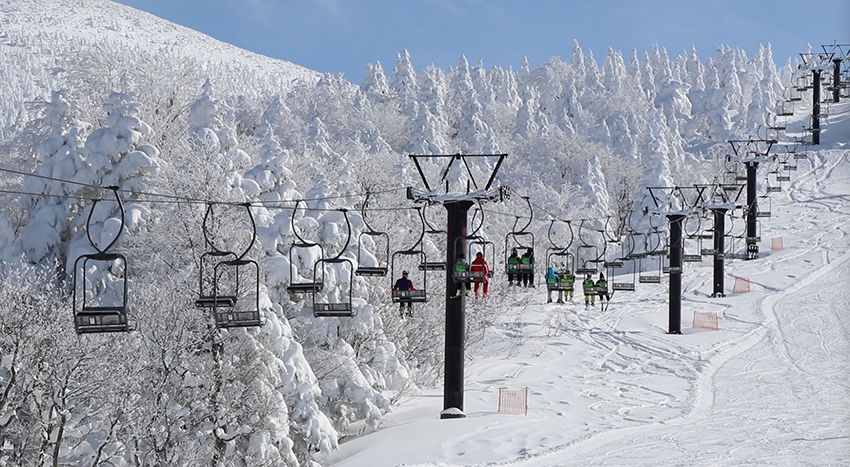
Zao Onsen Town is full of historical nostalgia
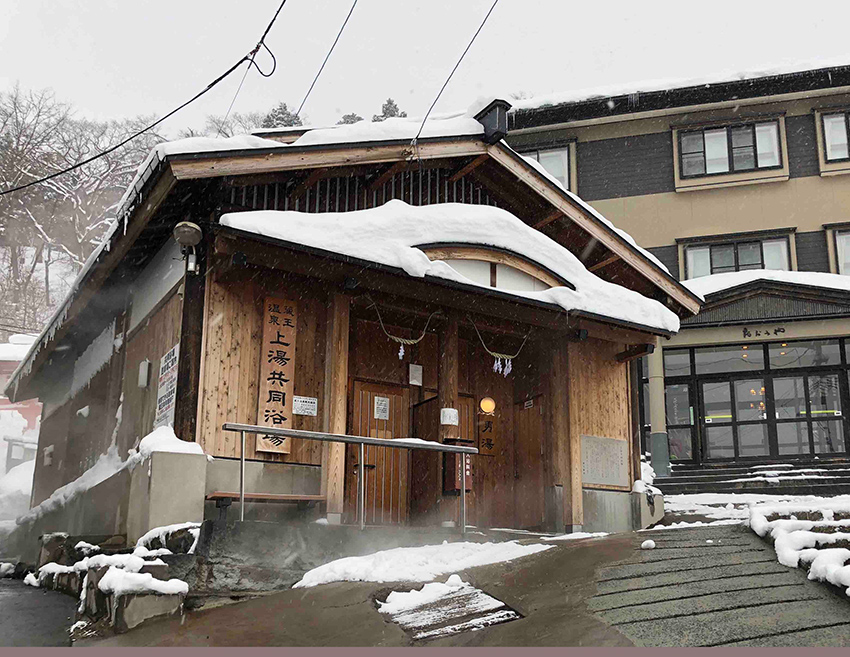
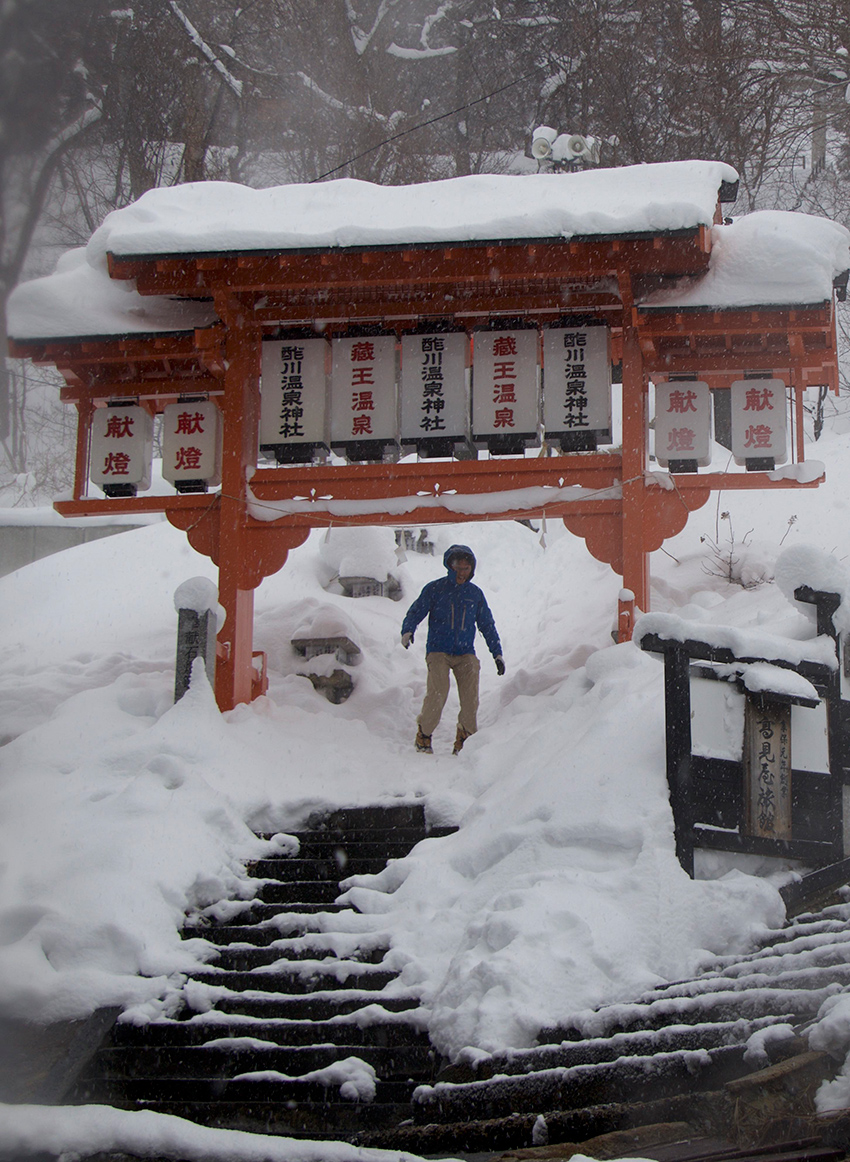
Having made our way to Zao, we didn’t miss out visiting Zao Onsen Town — the atmospheric area has many unique little shops. A leisurely stroll through the lanes will let you uncover its many hidden gems. On a local’s recommendation, we decided to feed our hungry bellies and headed to a Jingisukan Barbeque restaurant. Although it is more closely linked to Hokkaido, Zao’s Jingiskan is also renowned for its taste. In the set that we picked, there were thick slices of lamb, fresh vegetables and Yamagata specialty dishes. Dipping the barbecued lamb slices into the sweet sauce allows the meat to gain a milder flavor, which was very different from its Hokkaido counterpart. We found out from the store owner that the special sauce is made with apples, garlic and other spices to achieve its one-of-a-kind taste. The secret sauce is made yearly and aged for six months before it is used, which explains its depth and intensity!
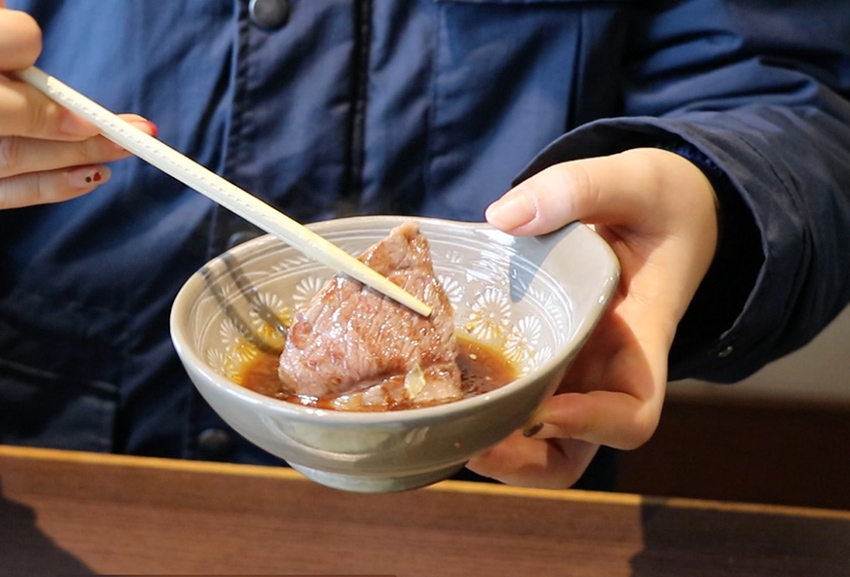
Walking along the streets of Zao Onsen Town, we stumbled upon a small shop specializing in kokeshi (traditional wooden dolls). Upon inquiring with the shopkeeper, we realized that this was the famed Notoya Kobo Eijiro. The owner is Okazaki Ikuo, a renowned kokeshi artist who was awarded the Prime Minister's prize three times! He proudly introduced his masterpieces, as well as Tohoku’s unique craft of kokeshi making. This limb-less wooden doll is handcrafted from design to production, which originated as a kid’s toy made from leftover wood materials in the past, but now functions as a decorative piece. The six prefectures in Tohoku region have developed 11 schools of kokeshi, with varying designs and appearances. Kokeshi meijin (名人, master or expert) Mr Okazaki belongs to the Zao Takayu school. The shop is filled with kokeshi from all over Japan, almost like a museum, which draws you in and doesn’t let you leave.
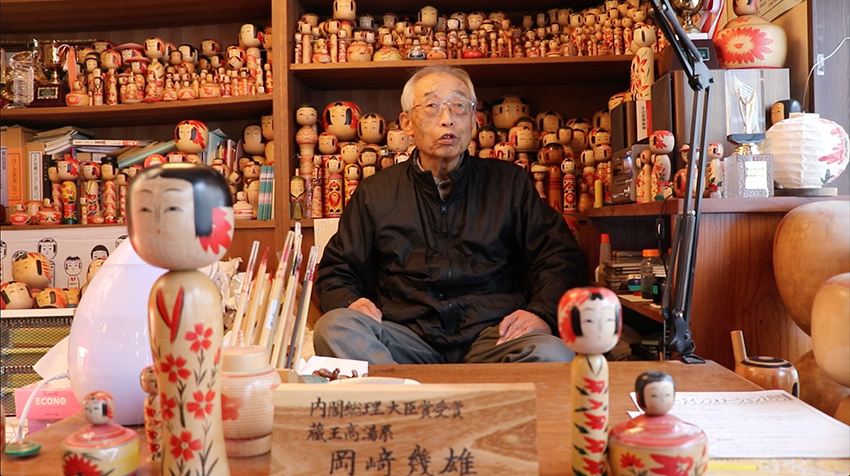
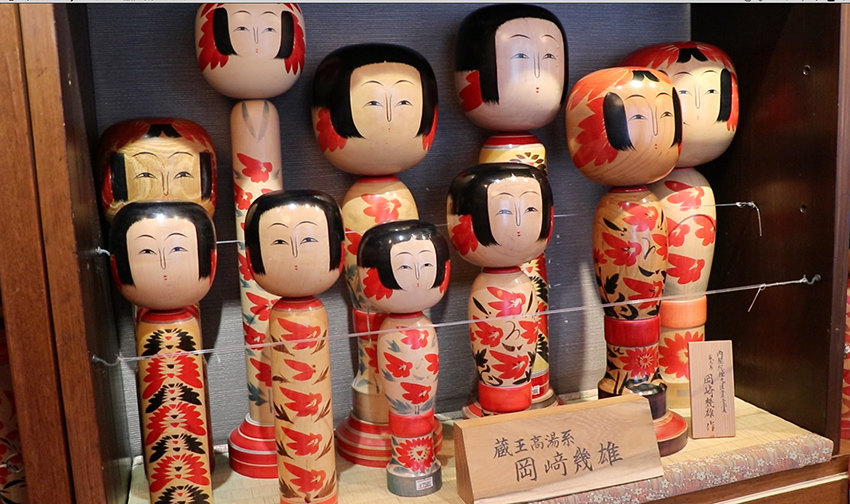
The famous Igamochi from Zao Onsen is not to be missed! Delicately placed on a single leaf, these rice cakes are known for their unique chewy texture and rich flavor. You can eat the three pieces of mochi as it is without utensils – simply bring the leaf carrying the Igamochi to your mouth like a spoon. The azuki beans from the mochi leaves a sweet aftertaste and goes perfectly with a cup of coffee or tea. We enjoyed Igamochi at Coffee Sanbe (珈琲さんべ). Currently, there are only 5 local shops offering Igamochi. While the method used to make these treats are the same, the owner’s daughter notes that each shop produces a unique taste and texture. Be sure to give Igamochi a taste when you visit Zao Onsen!
Our quest for delicious food in this onsen town continued. We shortly found ourselves in a café called Oncha-ya (音茶屋) with a pleasant vibe to it where we had our next meal: Yamagata curry and Yamagata beef rice bowl. The salad side that came with the rice bowl was topped with a half-boiled egg. It is said that Yamagata beef tastes best when prepared with local ingredients!
